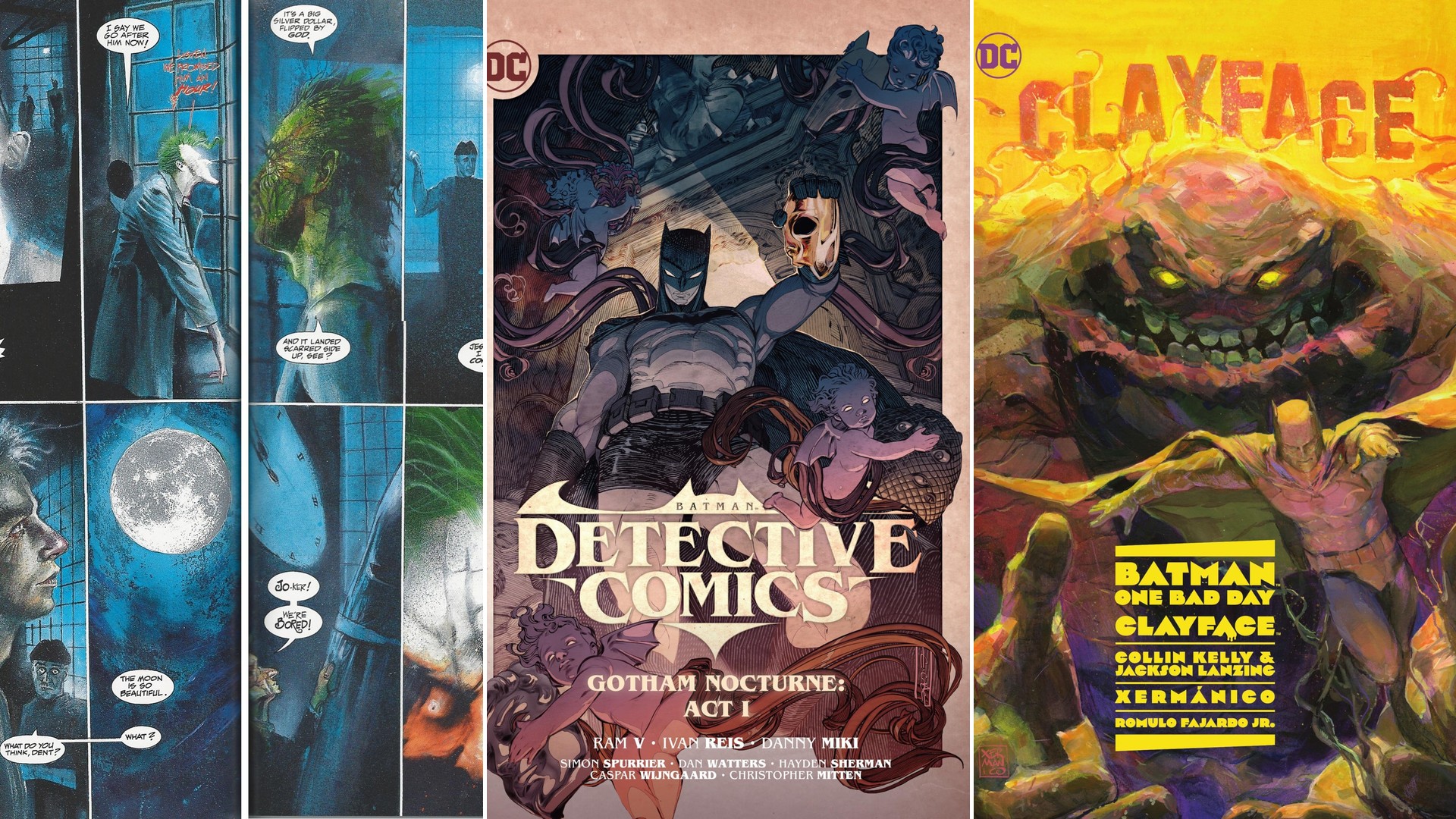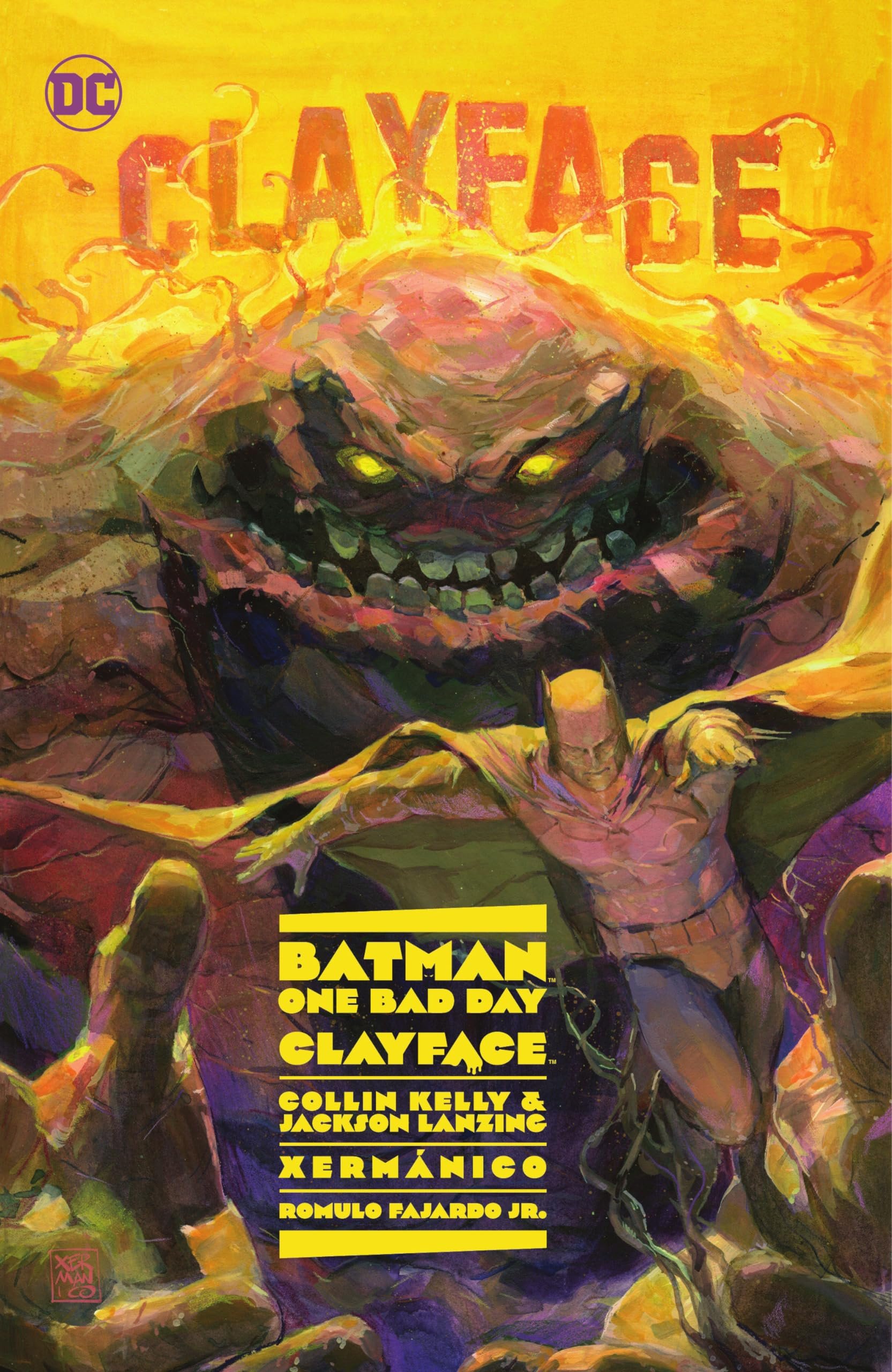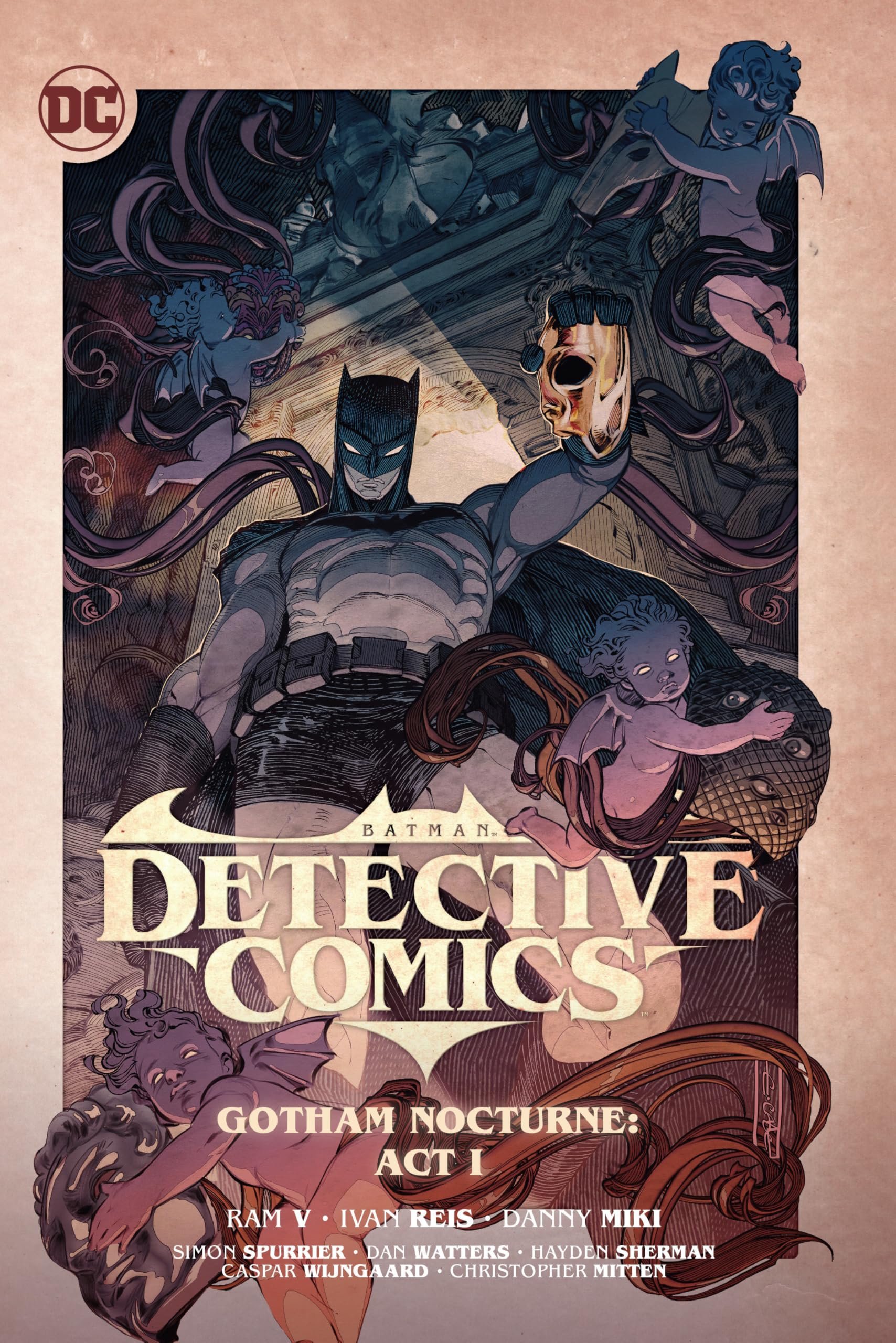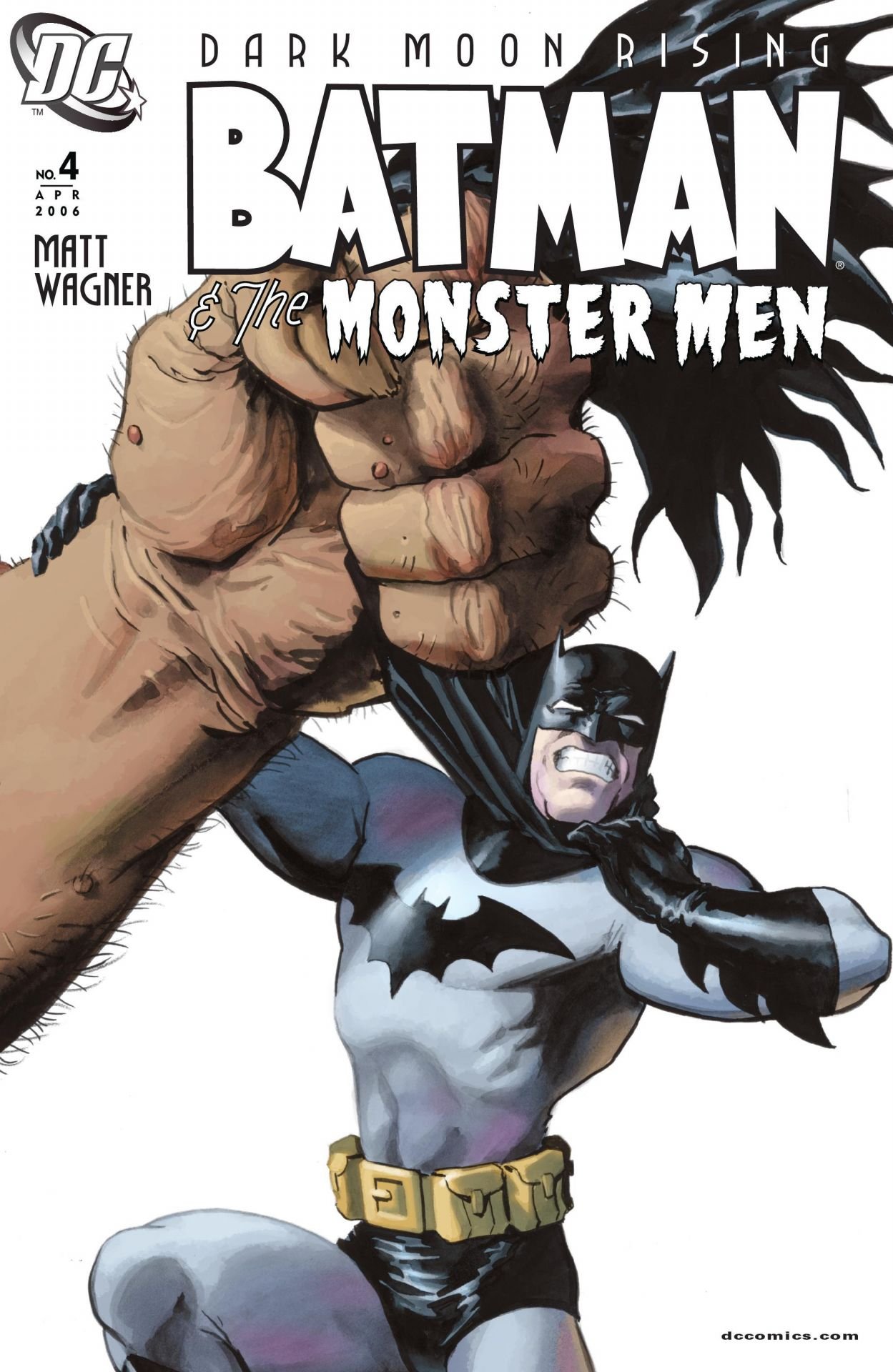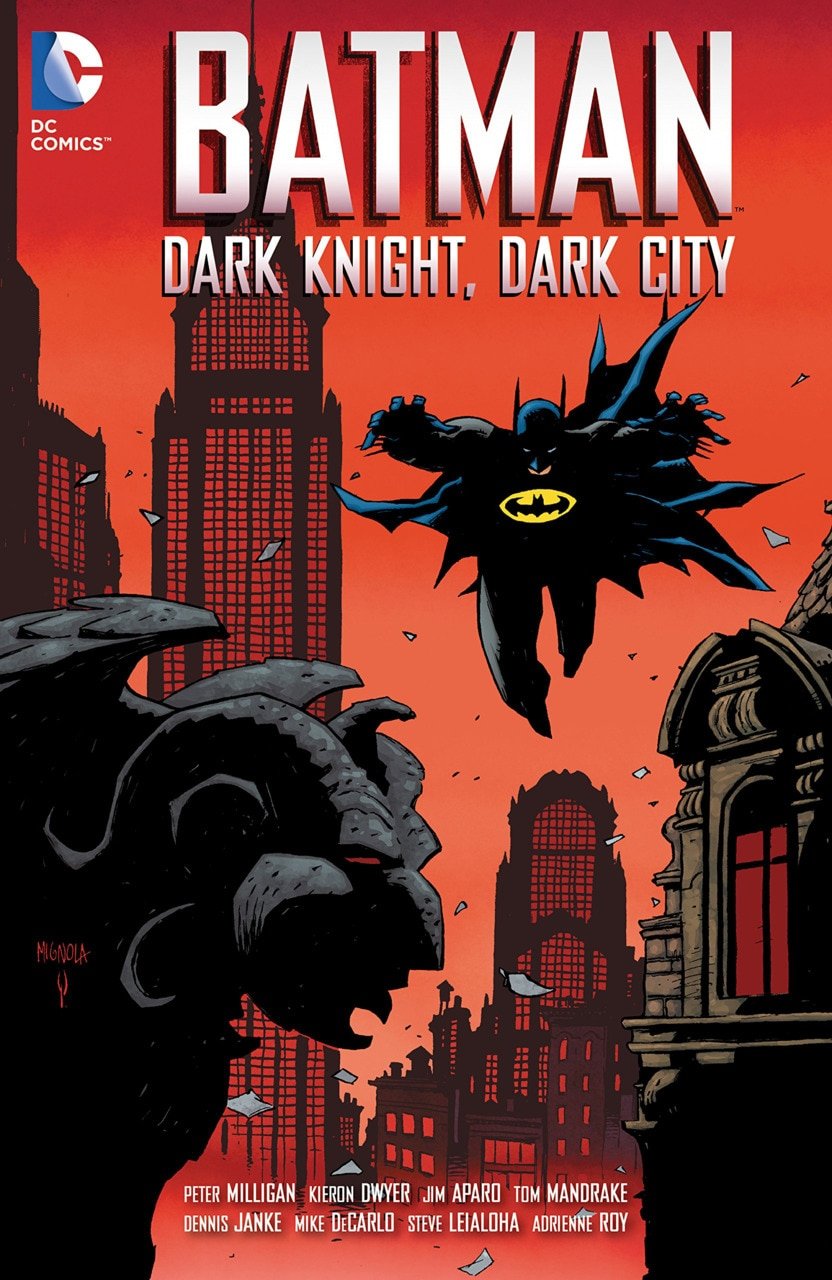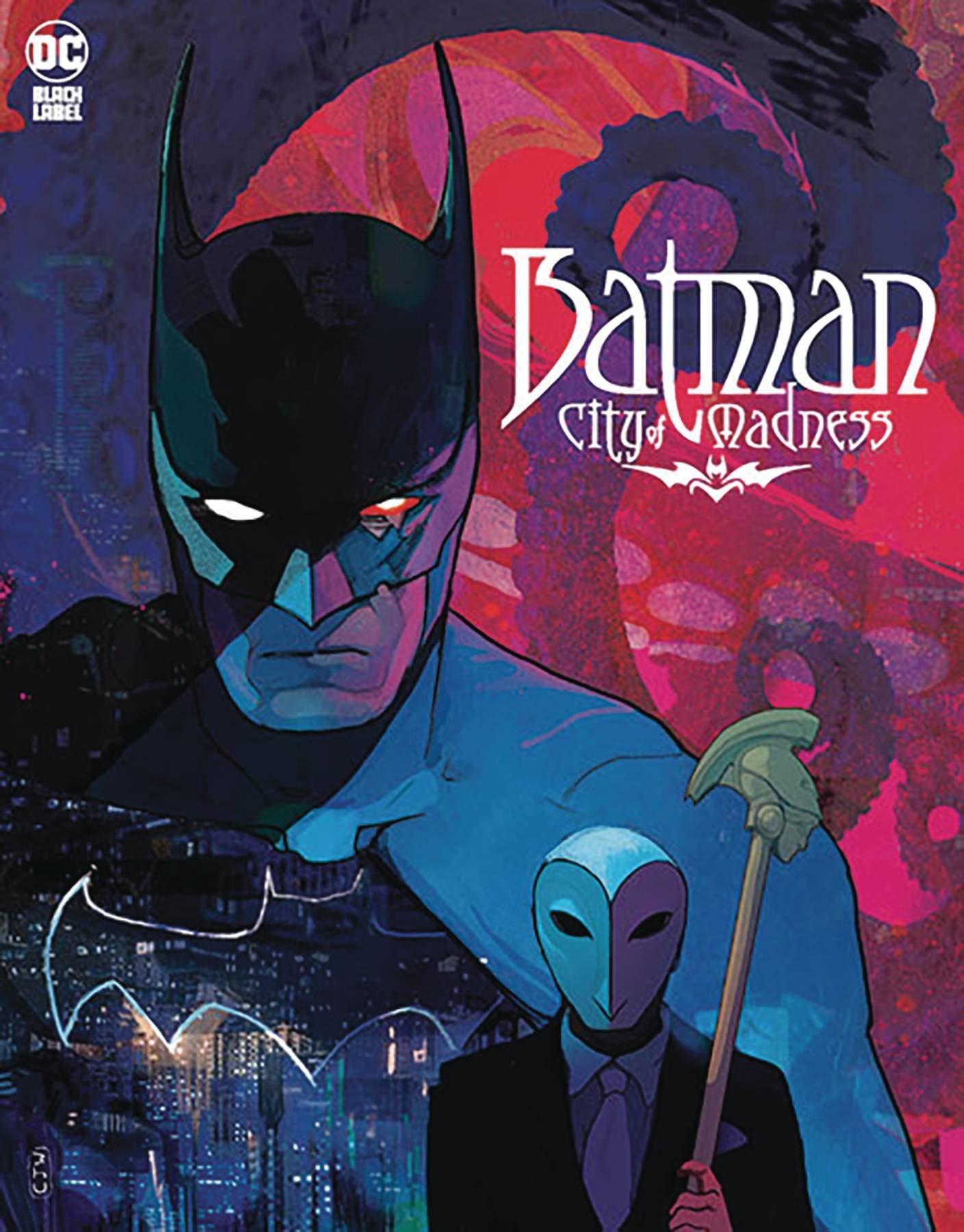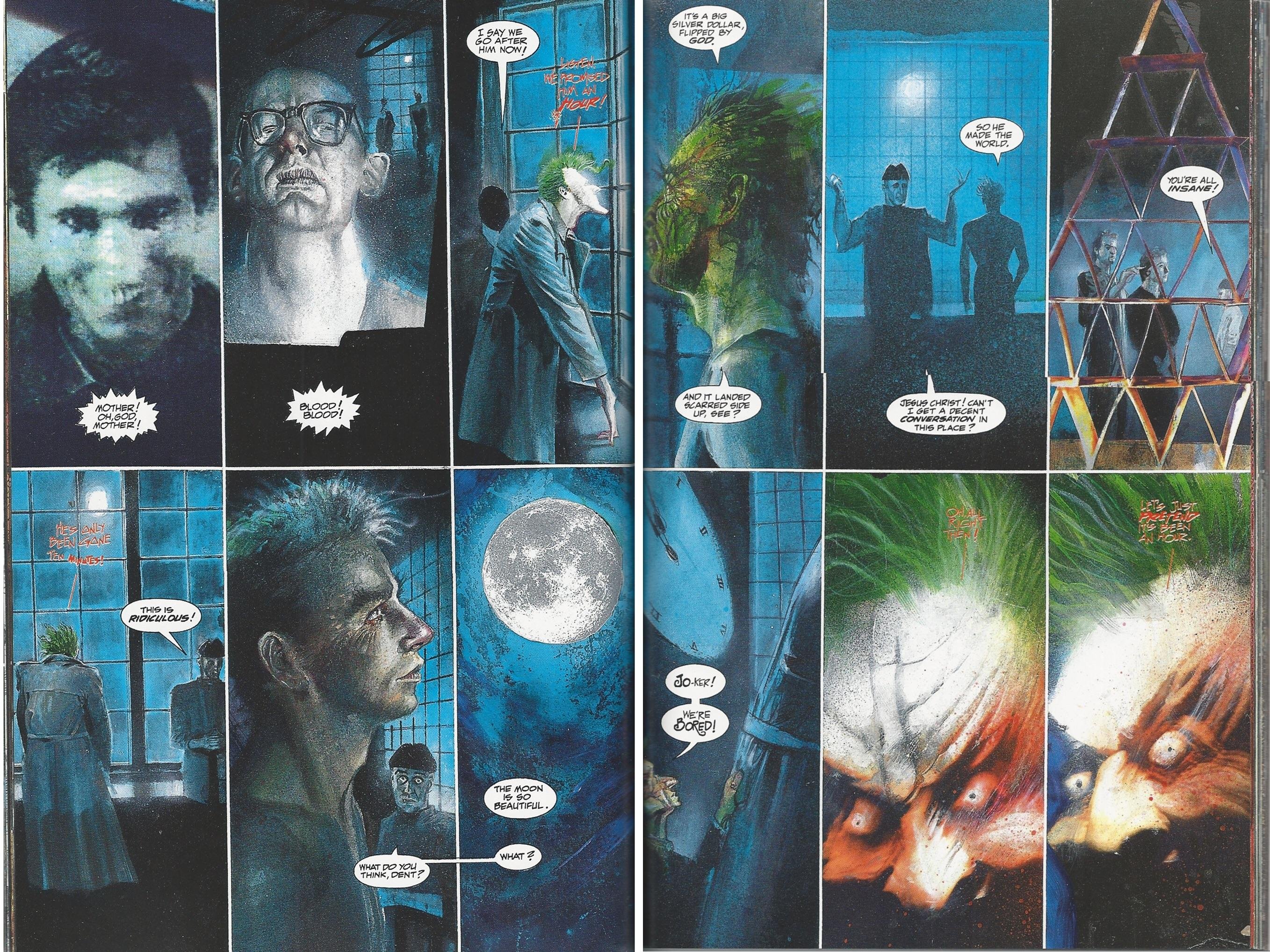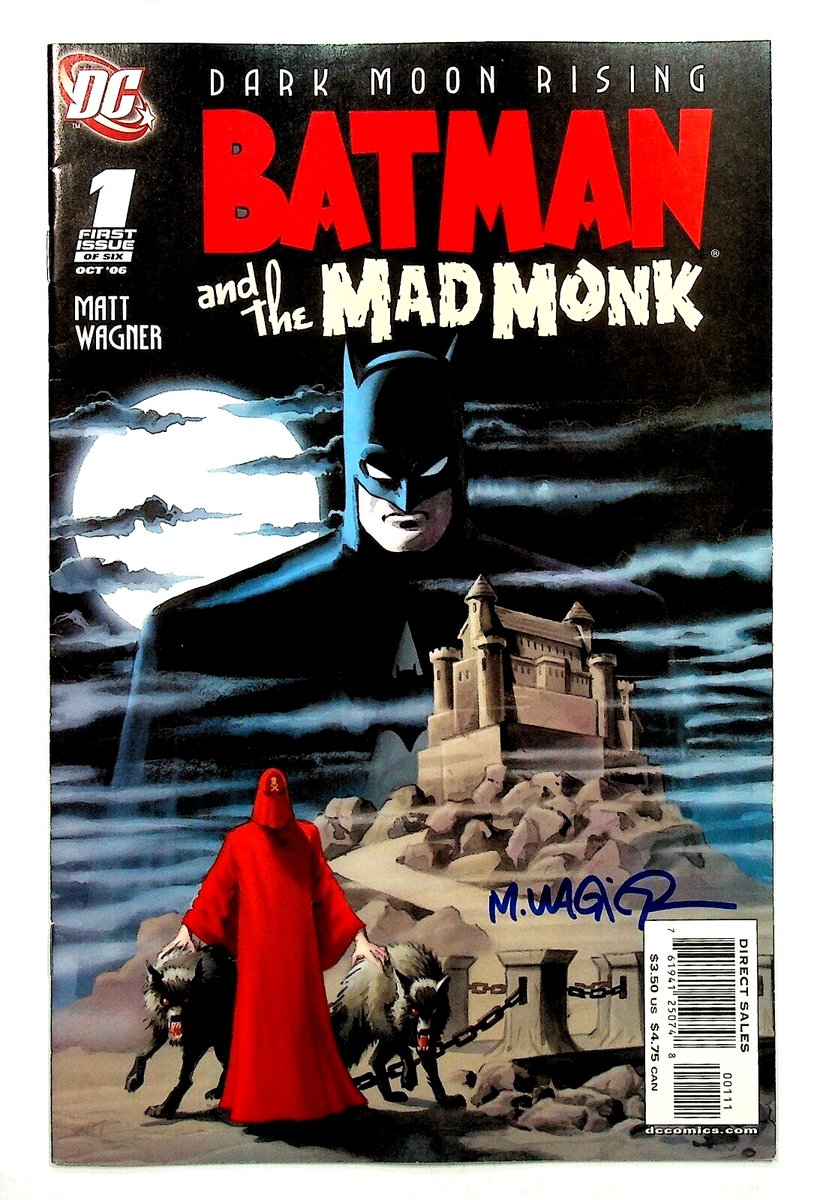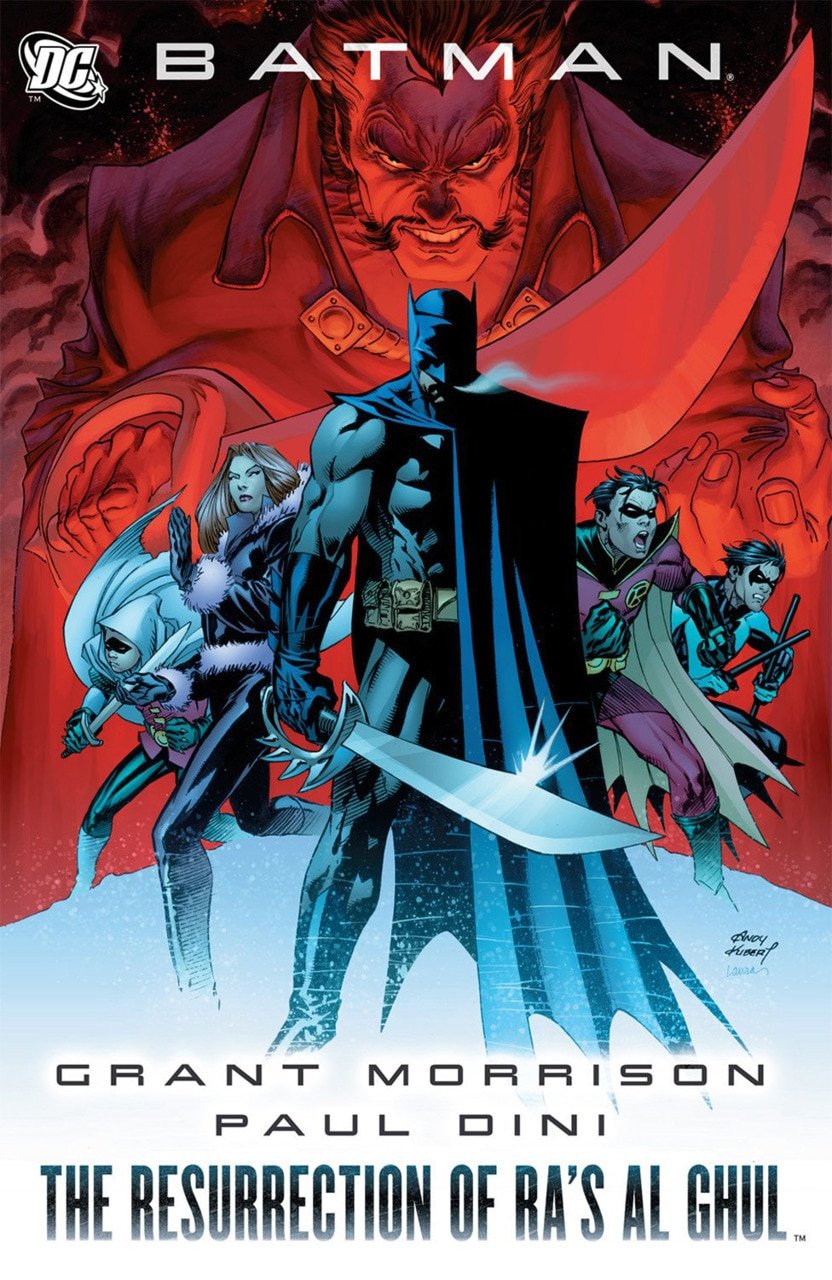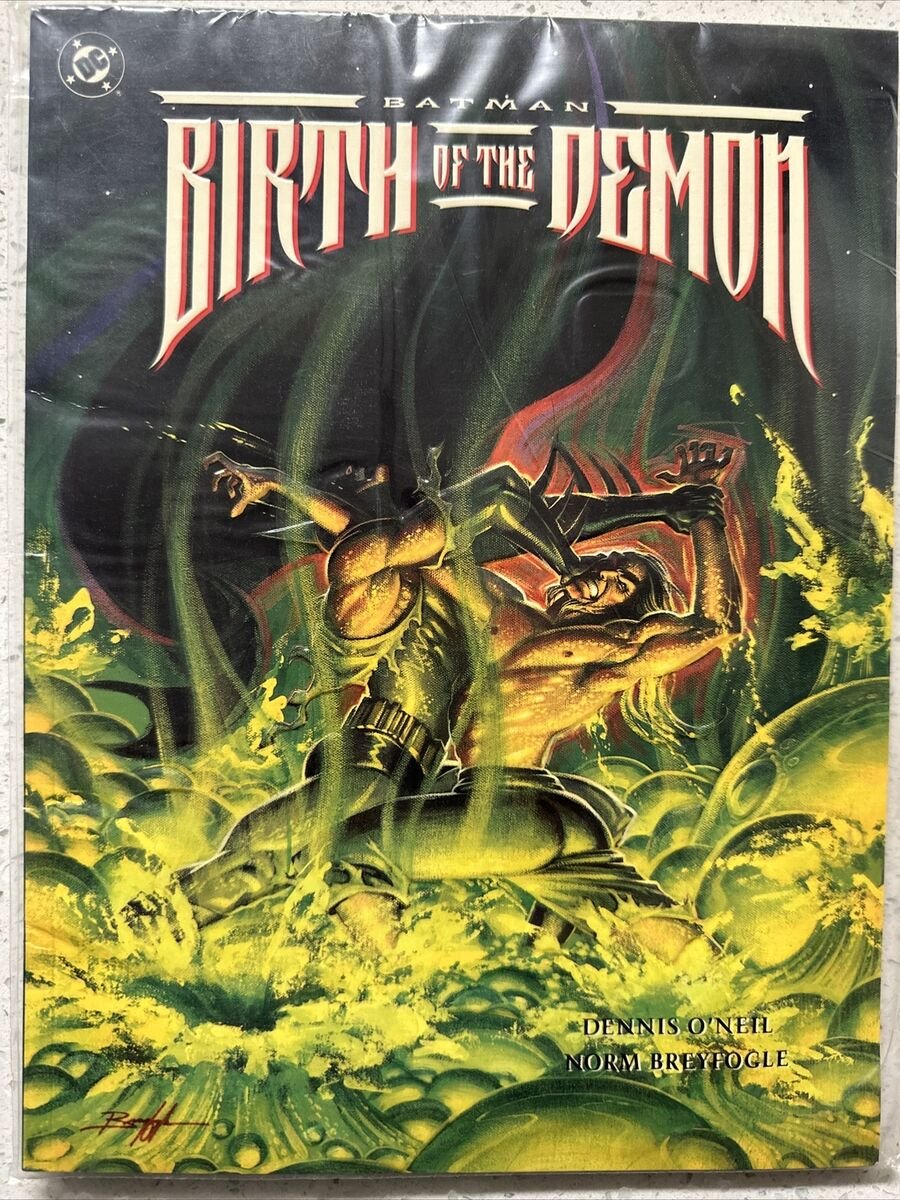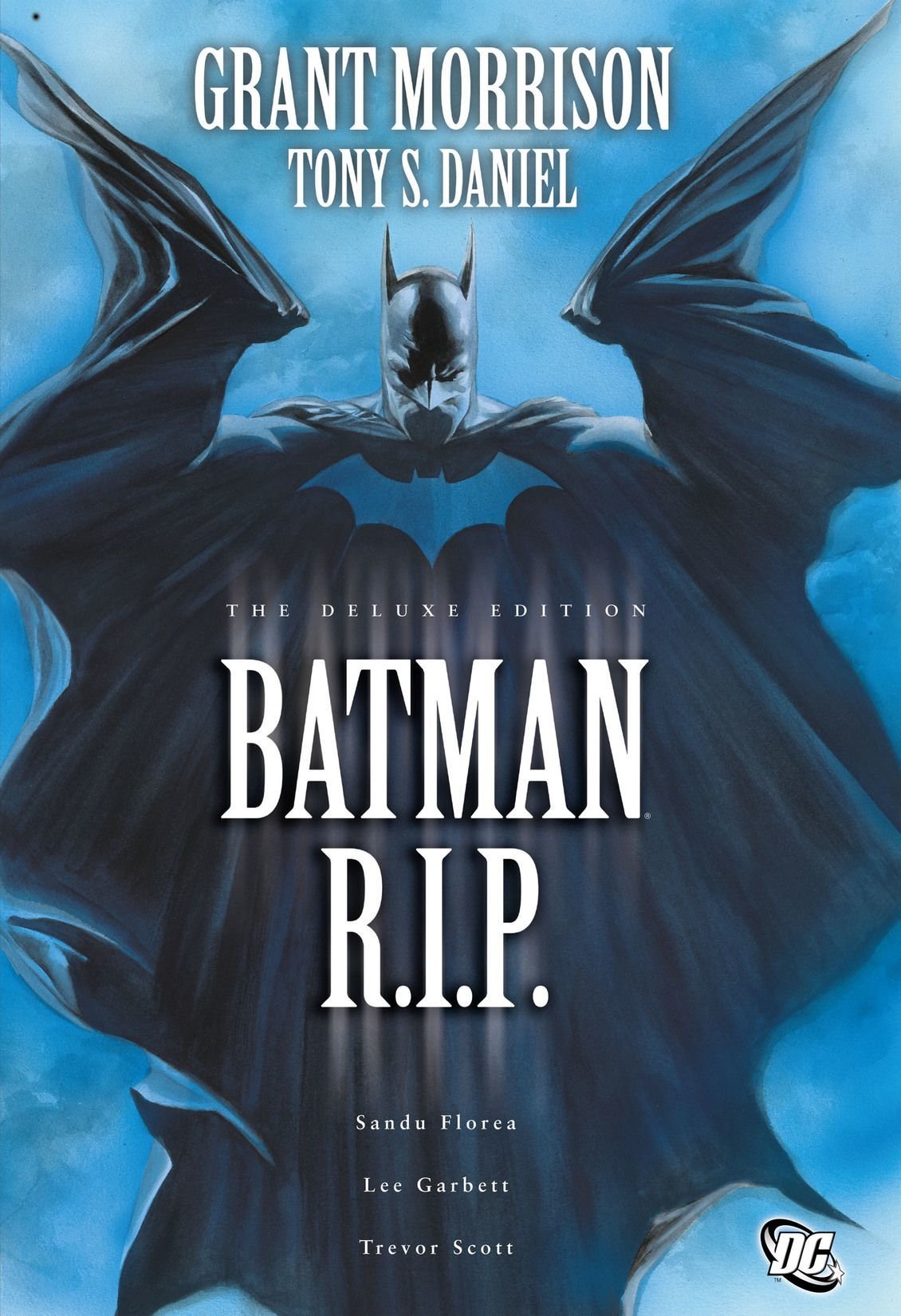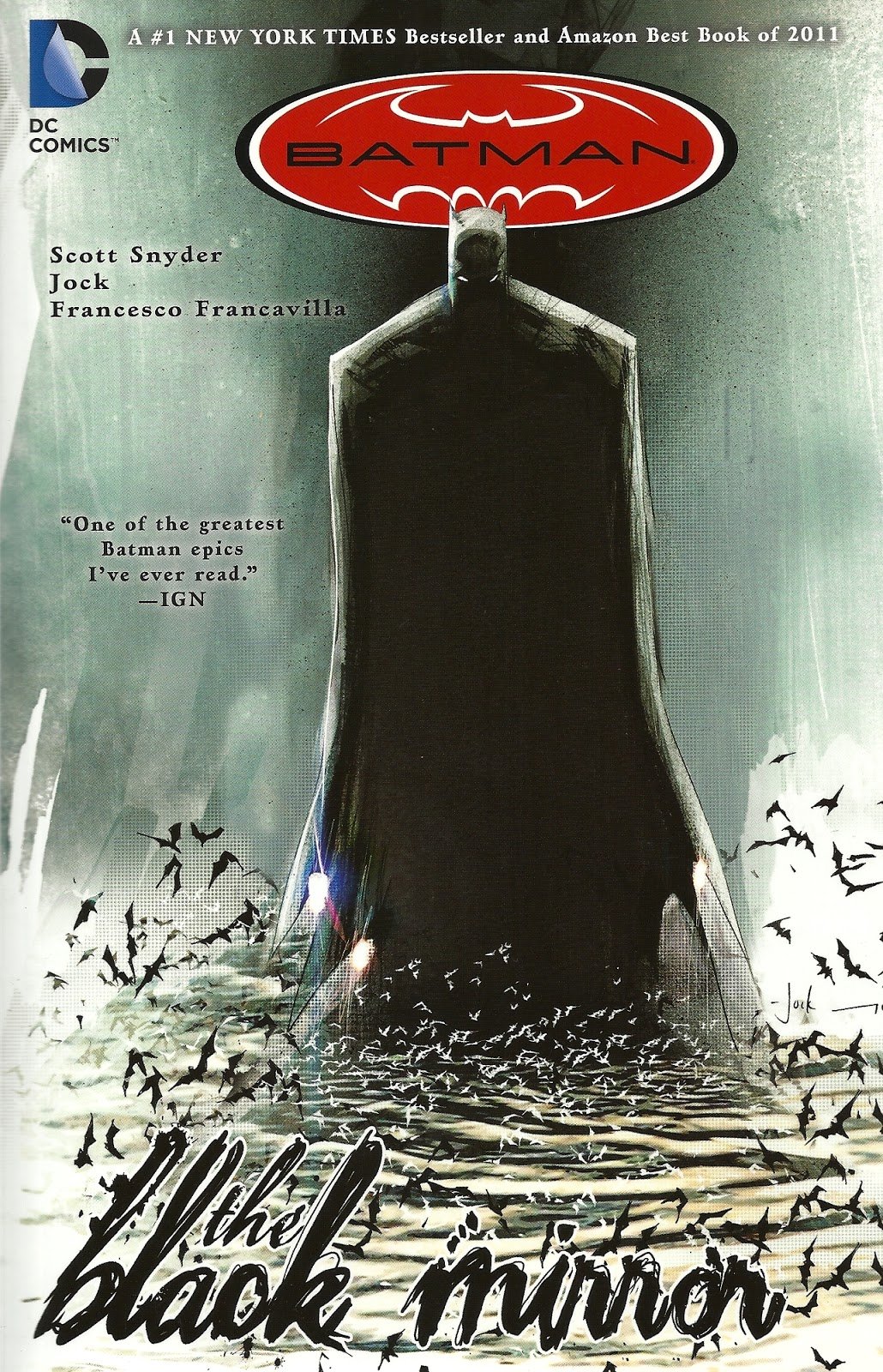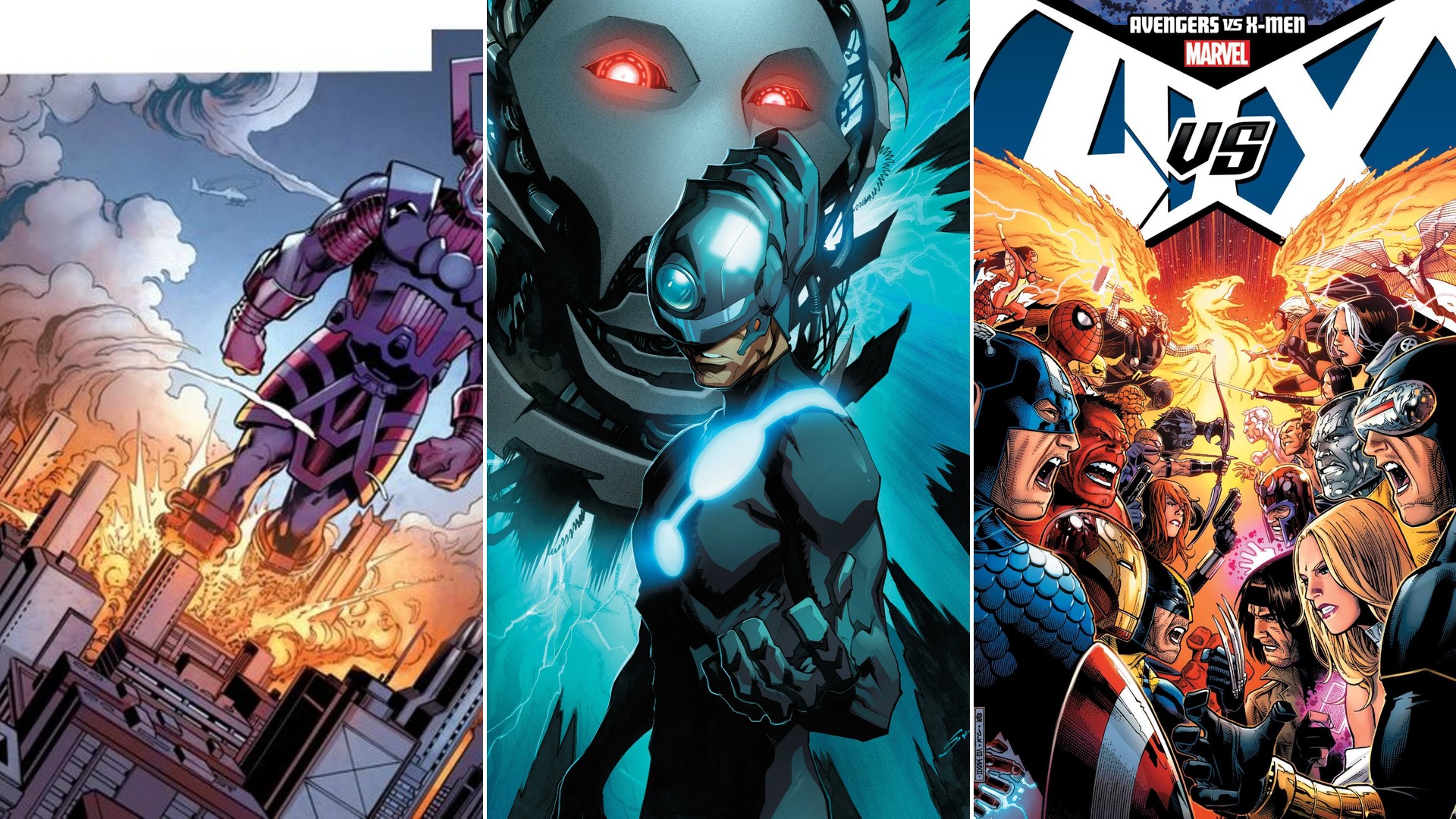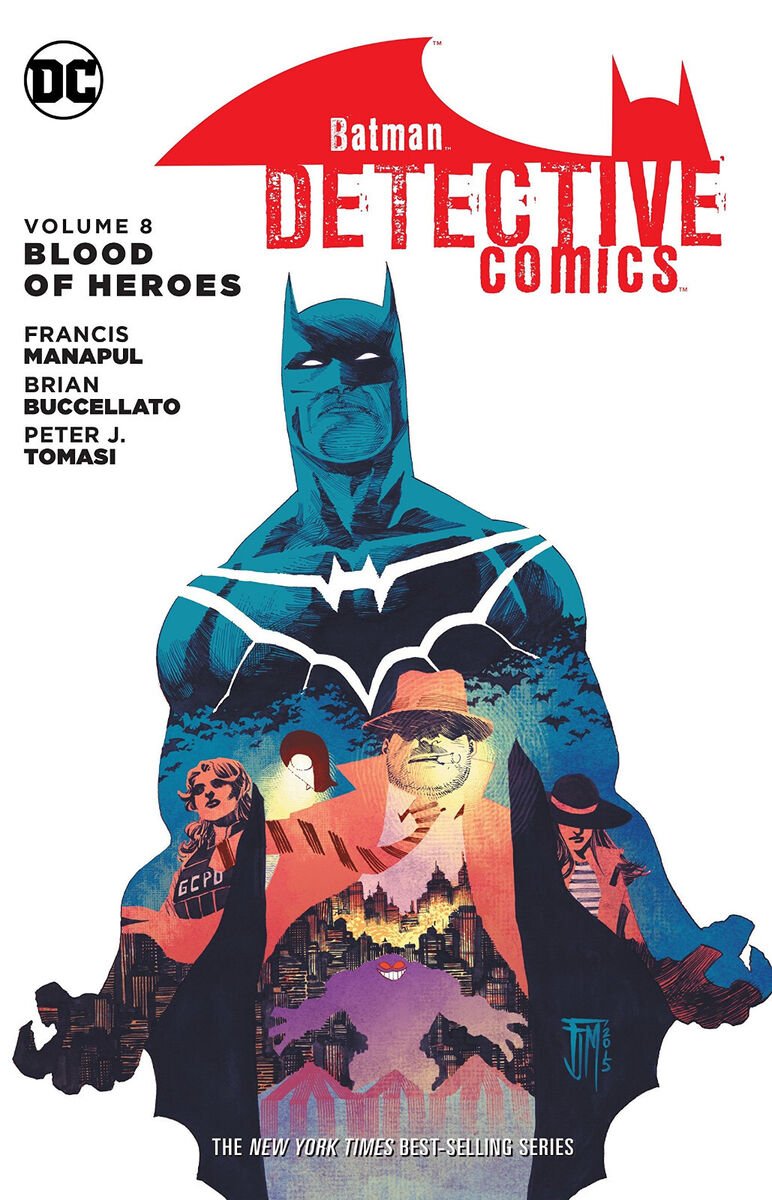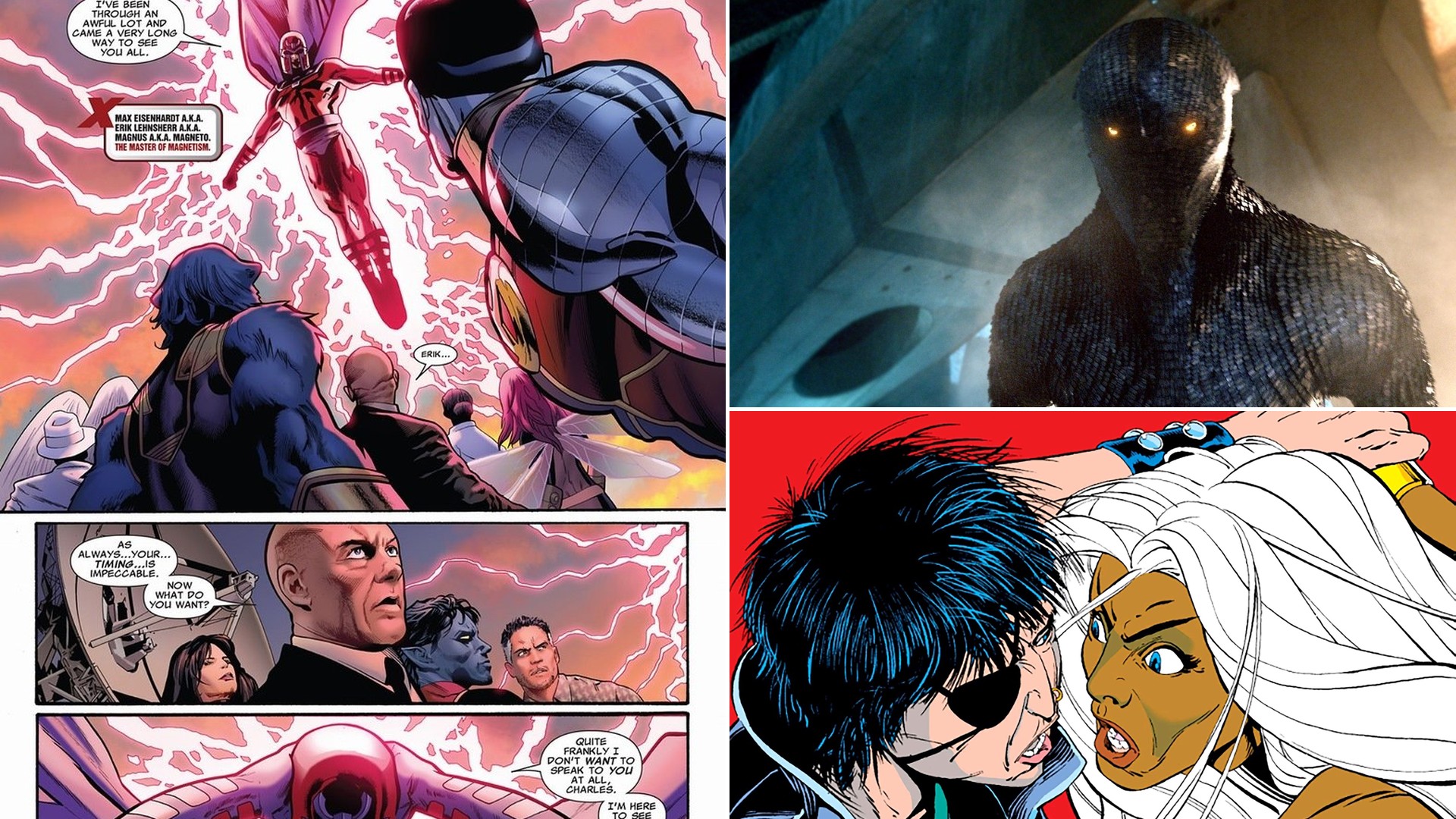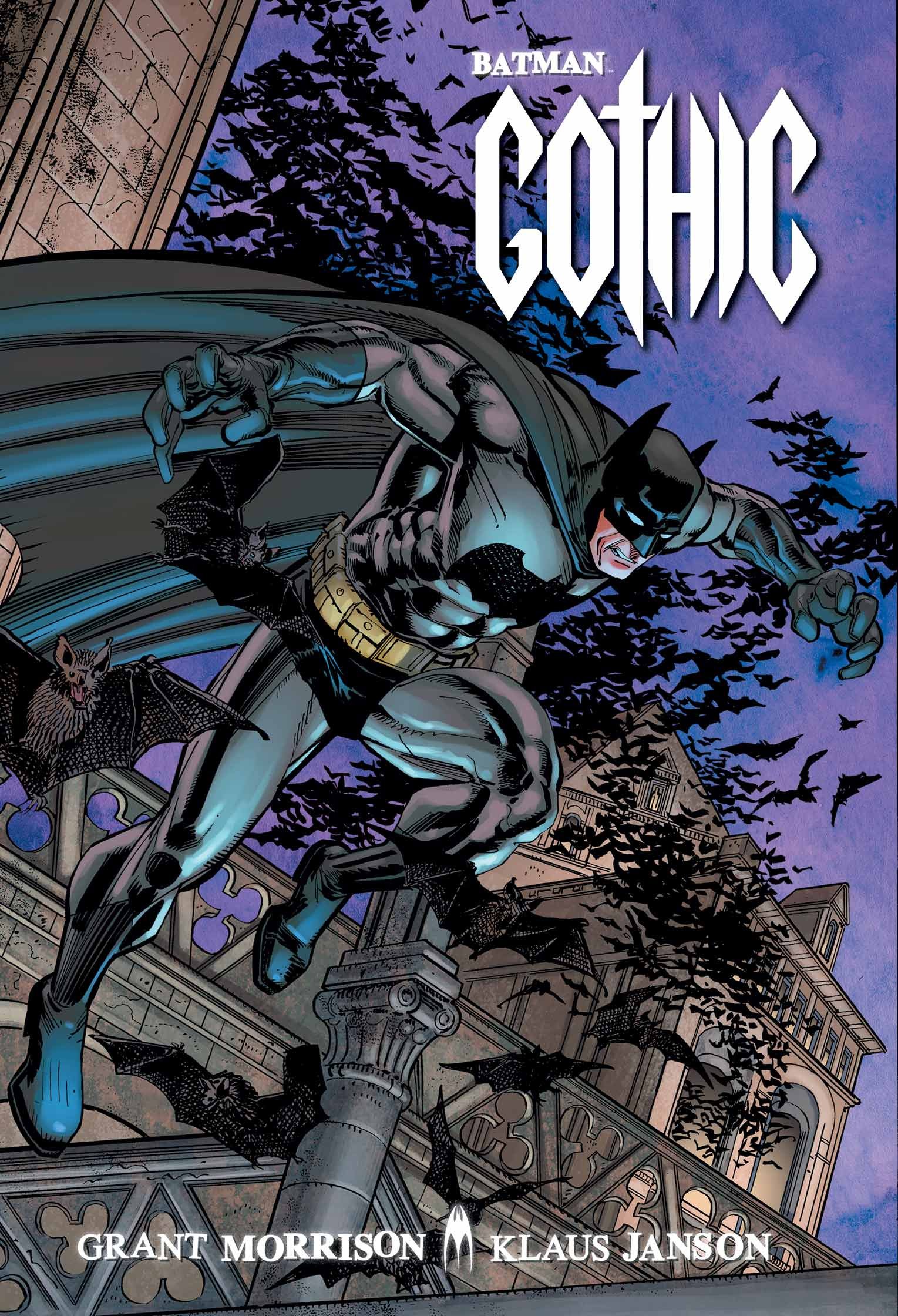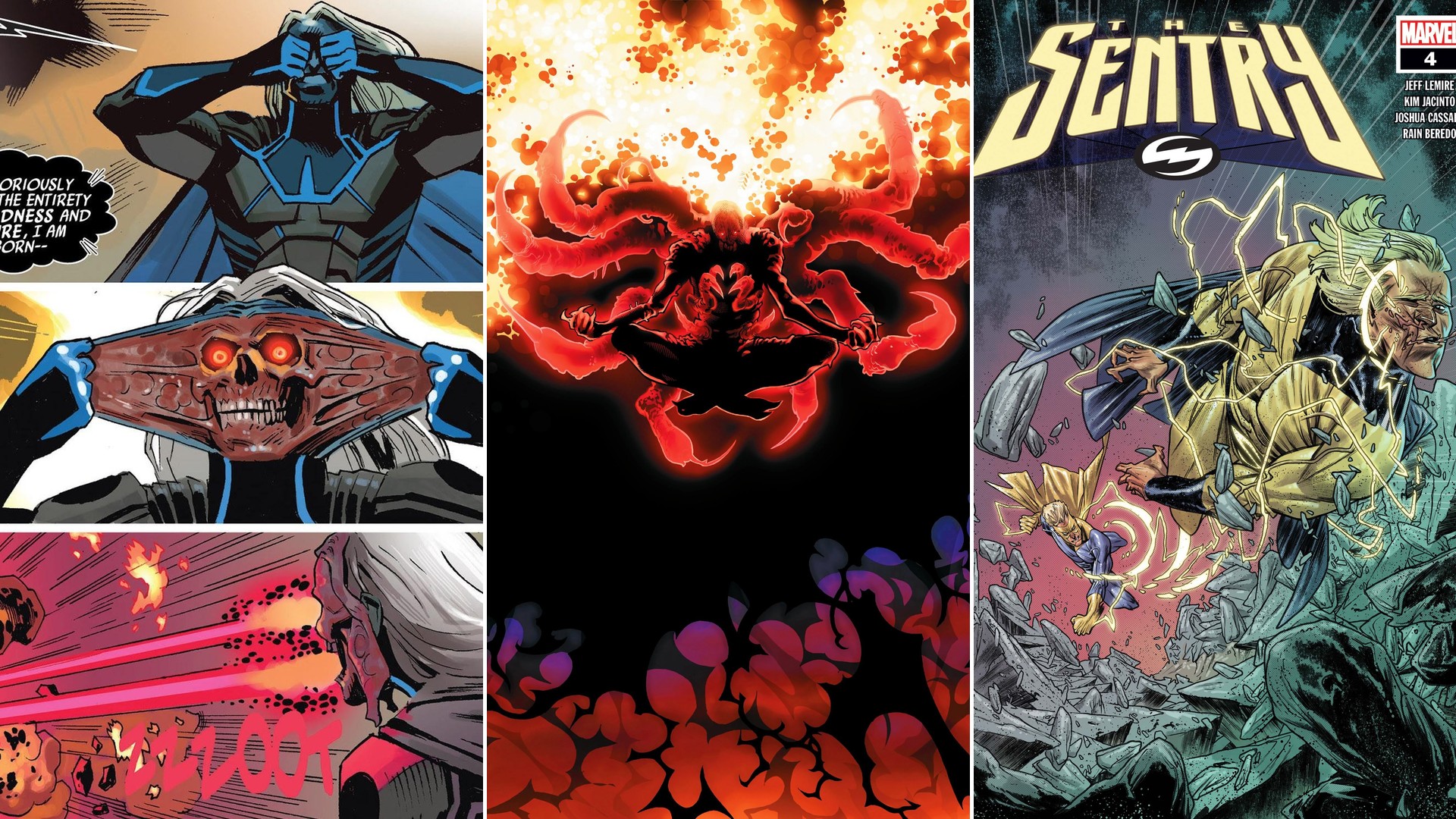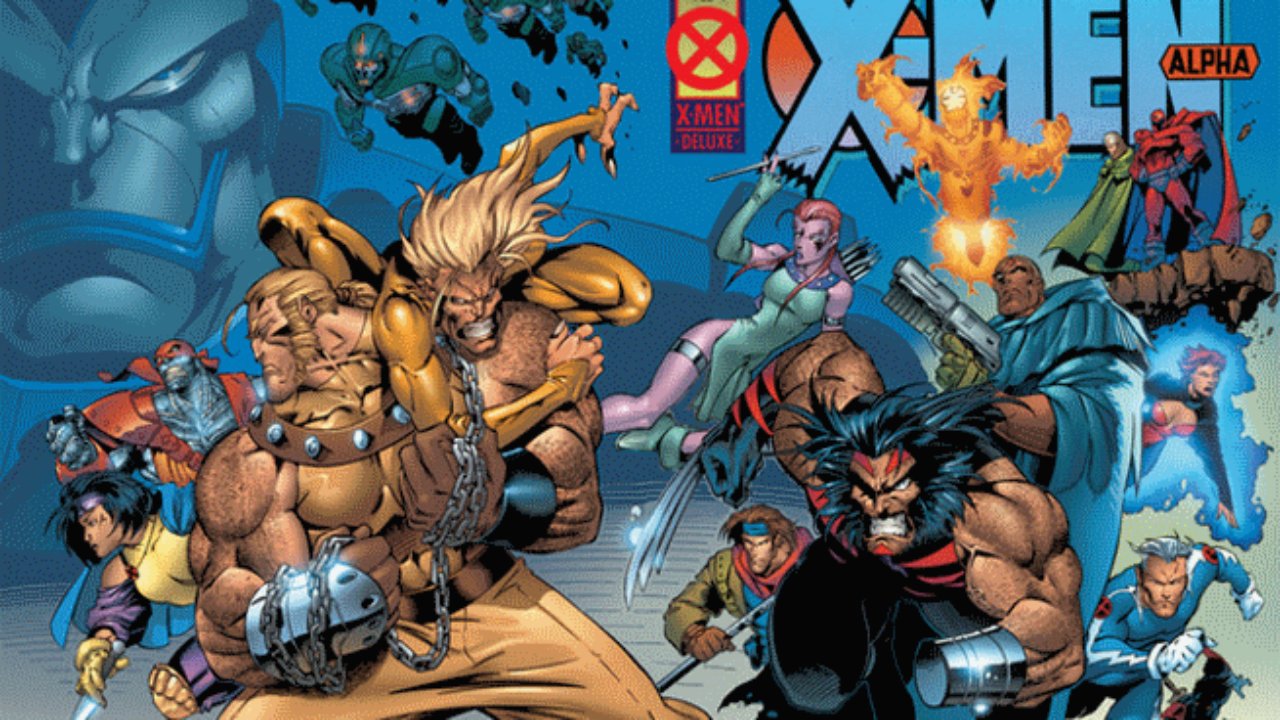If James Gunn’s new DC Universe truly wants to unlock a darker and more supernatural tone for Batman, the comics have an endless source of inspiration. Across decades, Gotham’s protector has faced everything from ancient curses to cosmic threats, and even his grimmest stories mix horror, fantasy, and mystery.
With a new era dawning for the DCU, these comics offer a look at how supernatural stories can expand Batman’s world, challenge him in fresh ways, and introduce audiences to sides of the character never before seen on screen. Each entry here blends supernatural or occult elements with Batman’s signature detective skills, making them ideal for a cinematic turn.
One Bad Day: Clayface
One Bad Day: Clayface is a haunting character study that dives into the tragic madness of Basil Karlo. Unlike other Batman tales centered on straightforward heroics, this one-shot focuses on Clayface’s desire to reinvent himself in Hollywood, only to watch his dreams fall apart.
Rather than simply being a monstrous villain, Basil Karlo is painted as complex and driven by psychological trauma. His supernatural powers are front and center, offering rich material for a film or series. A DCU movie inspired by this could unleash full body horror, capturing the eerie, shifting nature of Clayface while also exploring themes like self-identity and obsession.
James Gunn’s DCU could bring Karlo’s desperate, wild transformation to life using modern effects and a raw tone. It’s an ideal way to introduce audiences to Batman’s supernatural rogues while building empathy for characters that are usually seen as monsters.
With a Clayface film already in the pipeline for the DCU, “One Bad Day: Clayface” is the perfect template. It balances eerie horror with truly human stakes, making it stand out in Batman’s supernatural library.
Gotham Nocturne
Gotham Nocturne, written by Ram V, pulls Batman into a slow-burn, gothic tale full of dread, mystery, and ancient conspiracies. The story weaves supernatural elements into Gotham’s foundation, showing the city as a place where myths and curses still linger.
Instead of relying on familiar crime and detective beats, this arc uses unsettling atmospheres and a sense of creeping doom. Batman faces not only physical threats, but also hidden truths about Gotham and his own place in the bigger picture, especially as he confronts the mysterious Orgham family.
This story could help reframe Batman in the DCU as part of a wider, magical world, all without losing his gritty edge. Gotham Nocturne would translate beautifully to film with its visual cues and tension, and it introduces moviegoers to the way fantasy can mesh with Batman’s noir roots.
For a new audience, seeing Bruce Wayne forced to question what’s real, and wrestle with ancient, magical threats, is both fresh and faithful to Batman’s legacy.
If James Gunn wants the supernatural to feel essential, “Gotham Nocturne” provides an ideal blueprint.
Batman and the Monster Men
Batman and the Monster Men pulls Batman headfirst into a world of twisted science and inhuman experiments. Written and illustrated by Matt Wagner, this miniseries remixes the hero’s first clash with Dr. Hugo Strange, showing a shift from conventional mobsters to truly super-powered threats.
Strange’s monstrous creations are both physical challenges and a taste of the bizarre. This arc is perfect for a DCU film because it combines the familiar crime-noir vibe with a pulpy, Dr. Frankenstein-style horror. Batman’s fight against these creatures balances detective work with action-horror, a tone that is right at home in Gunn’s vision.
The genetic experiments open the door to wider metahuman possibilities, blending street-level grit with surreal science. Hugo Strange, a fan favorite, gets his due as an unpredictable villain.
“Batman and the Monster Men” shows audiences that Gotham’s underworld isn’t just about organized crime. It’s also a place where human ambition twists into monstrous forms – and Batman needs more than just fists to survive.
Dark Knight, Dark City
Dark Knight, Dark City shows just how far a villain like the Riddler will go when driven by dark, supernatural forces. In this storyline, the Riddler unleashes a demonic ritual to drive Batman to the brink, piquing interest with a blend of urban legend and occult horror.
This arc raises the stakes by pulling Batman from straightforward puzzles to dark rituals involving ancient evil hidden under Gotham. Riddler’s plan spirals beyond logic and into madness, making “Dark Knight, Dark City” one of the most intense supernatural Batman stories ever published.
Adapting this for the DCU would give fans a combination of familiar faces and new supernatural threats. It could even swap out the Riddler for another villain, keeping the spirit of demonic influence without repeating recent movie versions.
The violence is raw, the horror unsettling, and Batman’s detective work becomes a race against time to save both his soul and his city.
City of Madness
City of Madness is a recent Batman Black Label series that pushes the horror element in Gotham to cosmic levels. Instead of traditional criminal plots, its story surrounds the Court of Owls as secret guardians of a mysterious door deep beneath the city – one that opens to unthinkable chaos.
This series takes the Court far beyond their usual crime-syndicate roots, making them part of an ancient cosmic threat. For the DCU, this could be a bold way to connect Batman’s grounded world with supernatural and even Lovecraftian horror, without losing what makes Gotham special.
The artwork is vibrant and unsettling, lending itself perfectly to cinematic adaptation. City of Madness leans into psychological horror, and Batman’s role as protector is put to the ultimate test against impossible odds.
Fans of Gotham’s shadowy architecture and myths will find a lot to love here. James Gunn’s universe would have an opportunity to tie the Bat-mythos into the larger, otherworldly fabric of the DCU.
Arkham Asylum: A Serious House on Serious Earth
Grant Morrison’s Arkham Asylum: A Serious House on Serious Earth is one of Batman’s most celebrated horror stories. Instead of a typical adventure, this graphic novel brings Batman to Arkham Asylum where he must face his most dangerous enemies and his own sanity during a violent riot.
The story’s surreal, nightmarish art style and psychological depth make it perfect for a film or series aimed at mature audiences. Morrison’s arc dives deep into Batman’s psyche and the twisted roots of Arkham itself, blurring the lines between reality and madness.
This would allow a DCU Batman story to include heightened horror while still staying true to the detective roots of the character. The riot opens up opportunities to feature many iconic villains in a single, claustrophobic setting – with the supernatural lurking around every corner.
The tone is grim, sometimes abstract, delivering a version of the Dark Knight rarely seen in mainstream adaptations.
Batman and the Mad Monk
Batman and the Mad Monk is a modern retelling of one of the Caped Crusader’s earliest supernatural encounters. Written by Matt Wagner, it places a young Batman against a vampiric cult, blending classic Golden Age comics with a sharp, updated style.
In this miniseries, Batman’s detective skills are tested against the otherworldly. The villainous Monk is a genuine supernatural threat, one that requires the hero to face more than just typical criminals. Incorporating such a tale in the DCU could introduce macabre elements without retreading Batman’s origin story.
Mad Monk’s cult, with their ritualistic murders and mystic powers, brings out a sense of dread and mystery unique among Batman’s rogues’ gallery. The visual contrast between the shadows of Gotham and the bright, supernatural power of the Monk would make a striking addition to the big screen.
By using this comic as a film reference, filmmakers can balance classic noir detective work with haunting horror, taking Batman beyond the world of organized crime.
The Resurrection of Ra’s al Ghul
The Resurrection of Ra’s al Ghul is a sprawling Batman crossover event in which the villain attempts to reclaim immortality. Written by Grant Morrison and others, this arc blends action, family tension, and mystical fantasy with the hero’s modern mythos.
Bringing Ra’s al Ghul and the Lazarus Pits into Gunn’s DCU would highlight the mystical side of Batman’s world while tying together Bruce Wayne, Damian Wayne, and the League of Assassins. The story also examines the dark cost of immortality and the unending cycle of legacy in Gotham.
For movies or shows, this arc would allow for supernatural threats and epic battles, all anchored by Bruce’s struggle to keep his family together. Ra’s is both an ancient enemy and a personal threat, making him a compelling antagonist for a new era of Batman stories.
“The Resurrection of Ra’s al Ghul” could lead into sequels or sprawling crossover events, setting up the DCU’s wider mystical landscape.
Birth of the Demon
Birth of the Demon cracks open the mythic backstory of Ra’s al Ghul, one of Batman’s greatest enemies. Written by Dennis O’Neil, this one-shot explores Ra’s origins centuries ago and the supernatural Lazarus Pits that keep him alive.
This comic offers a deeper look at Bruce Wayne’s connection to the immortal foe through flashbacks and present-day conflict. For the DCU, incorporating Birth of the Demon’s ancient settings and rituals would add weight to the Lazarus Pit’s lore and show audiences that Batman’s world stretches far beyond Gotham’s skyscrapers.
The visuals are sweeping and cinematic, and the mystical elements present opportunities for tense action and exotic locations. More than just an origin story, it builds Ra’s as a tragic, powerful figure with roots in both history and the supernatural.
For future DCU stories, “Birth of the Demon” could be a crucial piece in expanding the mystical side of Batman on screen.
R.I.P.
Batman R.I.P. is the centerpiece of Grant Morrison’s acclaimed run, combining psychological horror, crime, and the occult. In this story, the secretive Black Glove organization and Doctor Hurt try to destroy Bruce Wayne with a diabolical scheme involving brainwashing, psychological trickery, and dark rituals.
The supernatural elements here are subtle, woven into the story’s grim atmosphere and the mysterious power of Doctor Hurt. The comic moves between reality and hallucination, challenging Batman in ways not just physical but existential.
Adapting this arc could give the DCU a chance to explore Batman’s mind while introducing new villains and playing with genre. A sequel in Gunn’s universe based on this could thrill fans with its unpredictable, almost occult twists.
“R.I.P.” showcases why Batman endures: his sheer resilience in the face of the unknown, from human enemies to powers beyond explanation.
Batman: The Black Mirror
Batman: The Black Mirror is set during a period when Dick Grayson, not Bruce Wayne, takes on the Batman mantle. Scott Snyder’s celebrated run dives into the supernatural underbelly of Gotham, blending crime mystery with subtle horror elements.
In this story, an ordinary investigation turns bizarre and terrifying as Dick uncovers a series of murders full of strange symbolism, sinister auctions, and twisted new villains. The Shadows of the Mirror House and the macabre crimes give the book a feeling of relentless dread.
The Black Mirror proves that Gotham’s darkness isn’t confined to Bruce Wayne’s time as Batman, and that the city is always one step away from occult horrors. This arc would work well in the DCU as a side story or a film focusing on a different Batman.
It’s a chilling, expertly paced thriller, making the reader feel that Gotham itself is almost a living, haunted entity.
Bringing this to the screen would give fans a fresh perspective on legacy, evil, and the supernatural in Batman’s world.
Also Read
12 Marvel Events Fans Want in the New Ultimate Universe
Detective Comics: Blood of Heroes
Blood of Heroes is a gripping Detective Comics arc that tosses Batman into the heart of paranormal crime. Instead of the usual gang warfare, Bruce finds himself untangling occult clues, ritualistic crimes, and magical foes hiding in Gotham’s shadows.
This story brings in characters and artifacts with supernatural power, forcing Batman to trust his instincts and his faith in evidence while supernatural events cloud reality. As he faces myths turned real, his usual tactics are put to the test.
For the DCU, “Blood of Heroes” could work as a bridge between ordinary police procedural stories and larger mystical conflicts. The pacing is tense, and Detective Comics’ focus remains sharp, even when facing the fantastical.
It’s an example of how Batman can anchor wider DCU supernatural plots while still feeling true to himself.
Also Read
12 Most Legendary X-Men Fights Ever Ranked
Batman: Gothic
Batman: Gothic by Grant Morrison is a brooding, atmospheric story where supernatural horrors intrude into Gotham’s everyday life. Batman faces a mysterious figure from his childhood – someone who cannot die and has ties to the devil himself.
This mini-series mashes up crime, horror, and urban legend. The stakes are intensely personal, with Bruce Wayne uncovering hidden trauma and battling a foe with truly eerie powers. Its moody artwork and gothic themes would make it visually striking for any adaptation.
“Gothic” is ideal for a director hoping to ground Batman’s battles in both psychological and supernatural terror. It links the hero’s origins to ancient evils, suggesting that Gotham’s darkness is much deeper than any single villain.
This story stands as one of the most unique and chilling supernatural tales in Batman history. It’s a must for any DCU looking to expand into more ambitious horror territory.
